Getting started as a freelancer is exciting, but finding the best freelance websites for beginners can be overwhelming with so many options out there.
In this post, we’ll break down top 5 platforms based on ease of use, earning potential and the types of jobs they offer to help you choose the right one.
As a self-employed freelancer who was constantly looking for consistent and high quality work, I had to learn the hard way where my time was actually worth spending – and where it absolutely wasn’t.
I’ll expand on each platform, explain what makes them unique and help you figure out where to start.
Table of Contents
1. Fiverr
Fiverr is one of the most beginner friendly platforms because it flips the traditional job hunt on its head. Instead of applying to jobs, clients come to you. (This is great, to a certain point…)
You create “gigs” based on the services you want to offer – things like logo design, web designers, resume writing or even voiceovers. From there, you set your own prices to attract clientele to your profile.
Why it works:
- You don’t need prior experience or an large portfolio to start.
- Fiverr lets you get creative with your offers and add add-on services for more income.
- Buyers mainly look for budget-friendly services, so it’s easier to get your first few sales.
Things to keep in mind:
- A lot of competition in popular niches like design and writing.
- You’ll need to optimize your gig descriptions and visuals to stand out.
- Fiverr takes a 20% cut from your earnings, so price accordingly.
For example, let’s say you charge $200 for a custom logo – Fiverr takes a 20% cut, which means $40 goes to them and you keep $160.
Tip: Use Fiverr’s search bar to see what’s already selling in your niche, then create your gigs accordingly.
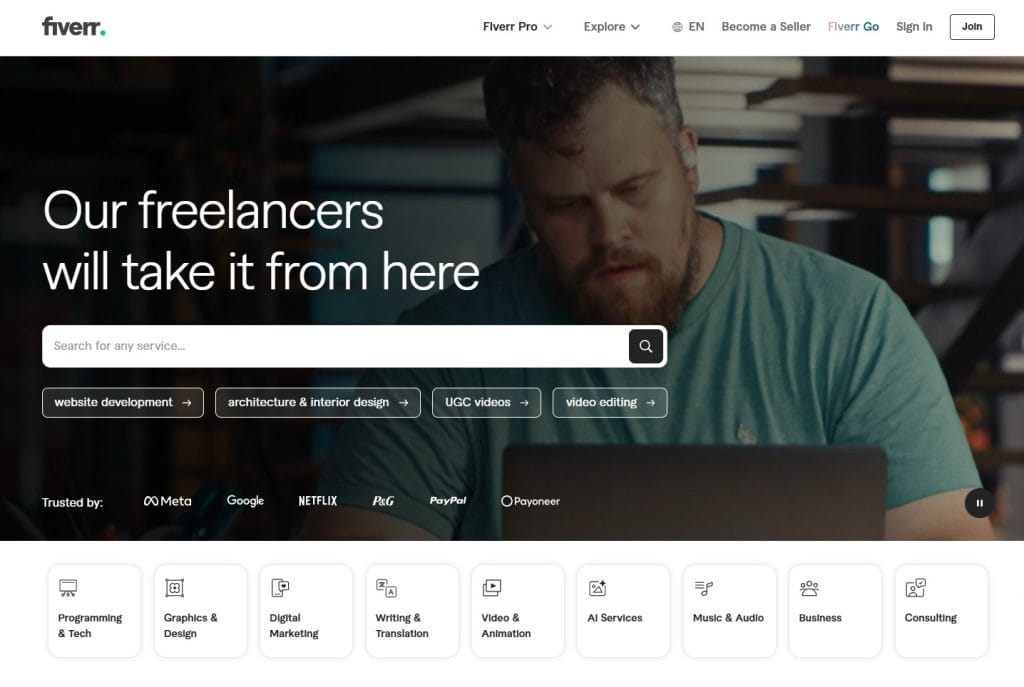
2. Freelancer.com
Freelancer.com has a similar model to Upwork, with job postings you can bid on. It’s one of the best freelance websites for beginners thanks to its simple, user-friendly interface that makes it easy to connect and collaborate with clients.
To get started, you’ll need to share samples of your work, apply to open projects and engage in conversations with potential clients to land gigs.
What makes it especially appealing for beginners is that signing up is completely free! No upfront costs or subscription required.
With over 59 million users and more than 21 million projects posted, it’s a solid place to build experience and start getting paid.
Why it works:
- A lot of entry-level jobs posted regularly.
- It’s a good place to learn how to pitch yourself.
- Set milestone payments for larger projects to make sure you get paid for each phase.
The challenges:
- Like Upwork, you’ll face stiff competition from international freelancers.
- There are limits on how many bids you can submit without upgrading to a paid account.
- Their interface can feel clunky and outdated compared to other platforms.
Tip: Keep your profile focused and professional. Include samples, even if they’re projects you created just to showcase your skills.
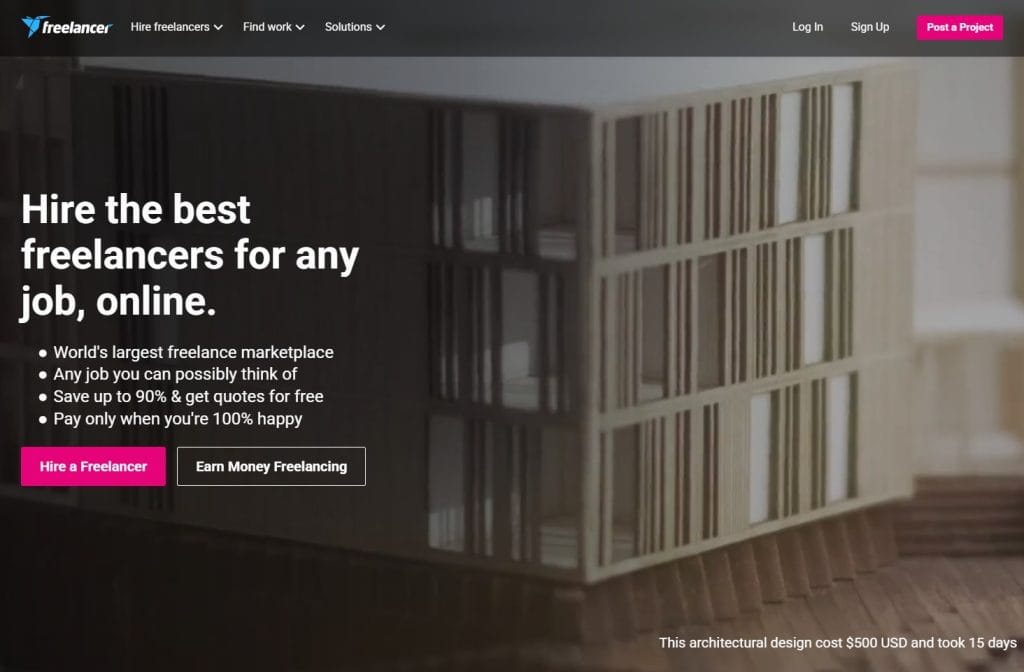
3. Upwork
Upwork is one of the largest freelance platforms and offers everything from hourly projects to long-term contracts.
They offer opportunities in just about every category you can think of like writing, virtual assistance, marketing, e-commerce support and so much more.
Personally, I’m a big fan of Upwork because it’s where my freelance journey really took off. It helped me earn over $100K and it completely changed things for me.
Plus, Upwork has an ‘Enterprise’ tier where top companies like Microsoft, Airbnb, and Glassdoor look to hire.
Why it works:
- There’s a consistent flow of new projects daily.
- Clients are typically looking for ongoing relationships, not just one-offs.
- Built-in time tracking and dispute resolution make it safe for both parties.
What to watch out for:
- You’ll need to apply and get approved before you can start bidding.
- New freelancers need to send a lot of proposals before landing their first gig.
- Upwork also takes a percentage of your earnings (5% to 20%, depending on how much you’ve billed a client).
Strategy: Start by applying to low competition jobs and personalize every proposal.
Even if your rate is low in the beginning, building up reviews can quickly lead to higher-paying opportunities.
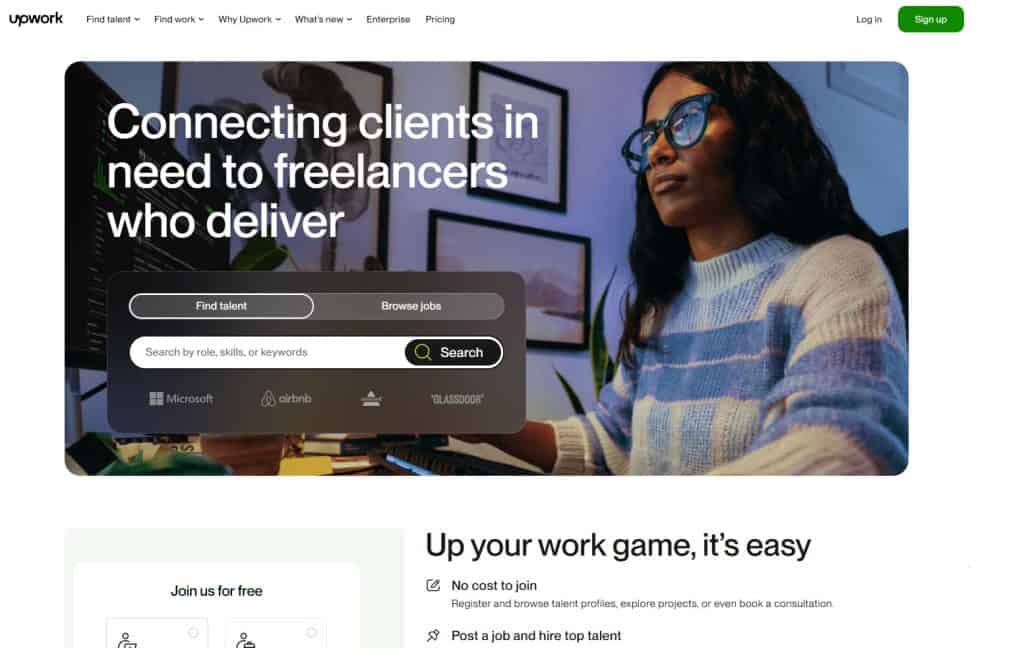
4. PeoplePerHour
PeoplePerHour is a platform known primarily for creative freelancing opportunities in music, marketing, design and writing.
As one of the best freelance websites for beginners, it allows freelancers to charge hourly or per project and it’s another top choice by small business clients.
If you’re accepted, you’ll have a steady stream of opportunities from clients around the world.
You can either manually browse and apply for projects, or set up custom search alerts to get notified the moment something you like is posted.
Why it works:
- Freelancers can build long-term client relationships.
- You get exposure to clients looking for specific expertise.
- They have a “Project Stream” feature for easy communication and collaboration.
Things to consider:
- You need to apply and get approved to start.
- The number of free proposals is limited each month.
- Service fees range from 20% to 5%, based on your lifetime earnings with a client.
Tip: Use their “Offers” feature to package your services attractively and stand out in search results.
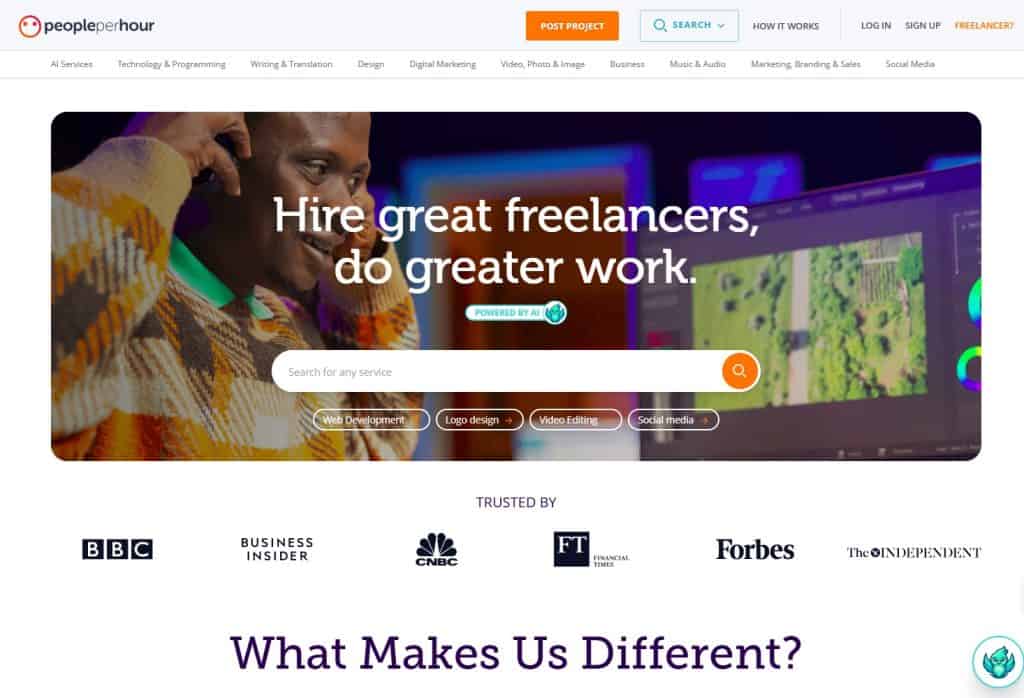
5. Toptal
While Toptal isn’t the easiest to get accepted to, it is one of the best freelance websites for beginners who are skilled enough but may be new to freelancing in general. If you want high-paying, premium gigs – Toptal is a great choice.
It markets itself as a place for the top 3% of freelance talent in software, finance and design.
Why it works:
- Clients are serious and budgets are higher.
- The screening process means less competition (once you’re in).
- You can work with companies like Airbnb, Shopify, and JPMorgan.
Barriers to entry:
- Toptal’s vetting process is tough – think tests, interviews and sample projects.
- Not suitable if you’re brand new or still building your skills.
Use Case: If you’ve been freelancing for a while and want to skip low-paying gigs and work with elite clients, Toptal is worth the challenge.
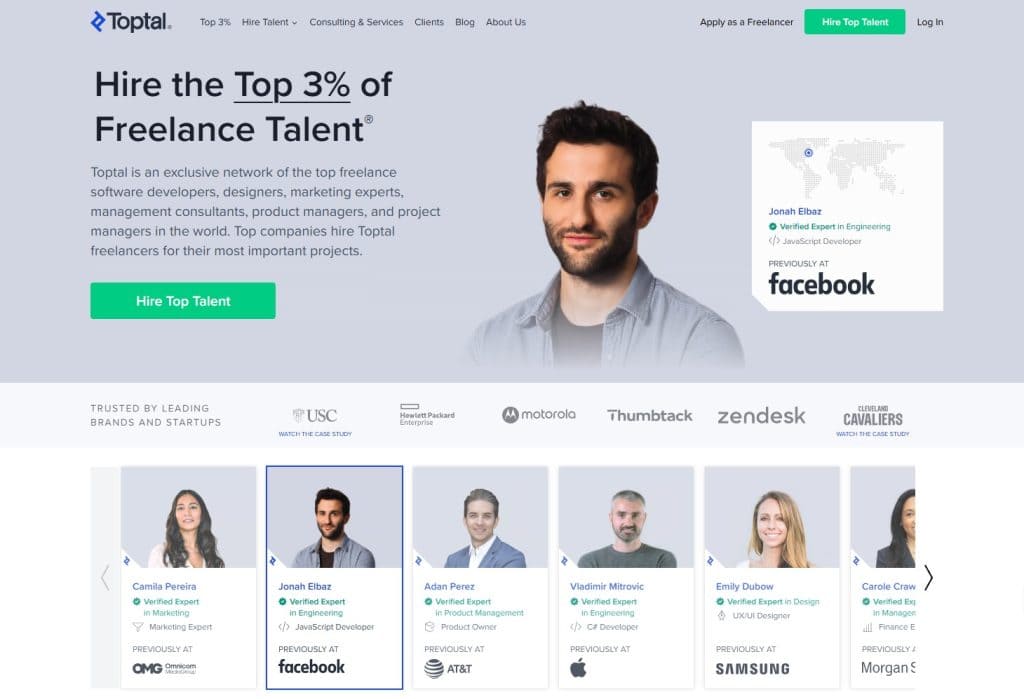
How to Choose the Best Freelance Site for You
Choosing from the best freelance websites for beginners depends on your current skills, confidence level and how quickly you want to start earning.
| Platform | Best For | Experience Level |
|---|---|---|
| Fiverr | Quick gigs & creative services | Beginner |
| Upwork | Long-term & diverse jobs | Intermediate |
| Freelancer.com | Short projects & practice pitching | Beginner |
| PeoplePerHour | Creative fields & UK clients | Beginner+ |
| Toptal | High-paying expert projects | Advanced |
Final Thoughts
Getting started as a freelancer doesn’t require perfection, it just requires momentum. You don’t need to be on every platform or have the fanciest profile. You just need to pick one site, set up your account and start applying.
The key is to treat your profile like your resume, adjust your pitches to every job and overdeliver on your first few gigs to build reviews fast.
Whether you start with Fiverr or go all in on Upwork, the freelance journey is completely up to you. Your first client might be just one pitch away.
Pick from this list, sign up today and commit to applying to 5 jobs before the week ends.
You got this!
👉 Follow me on Pinterest for more tips on wealth, money and business!
Looking to Earn More? Learn More About Side Hustles
- How to Start Freelancing with No Experience
- 5 Underrated Side Hustle Ideas that Make $8,000 a Month
- How to Make $1,000/Month Selling PDFs
- How to Sell on Etsy as a Beginner and Make Your First Sale
My Favorite Tools
To help you reach your financial goals, below are resources you can use to get started. They are free to sign up and will support your money goals.
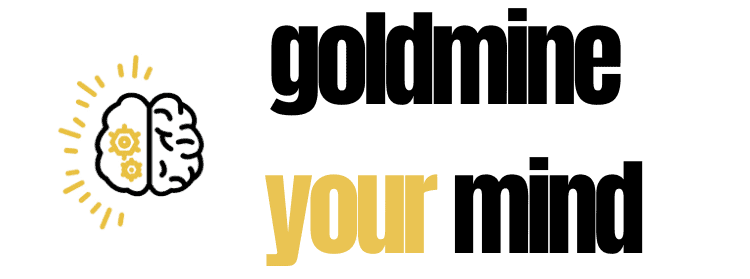

Leave a Reply